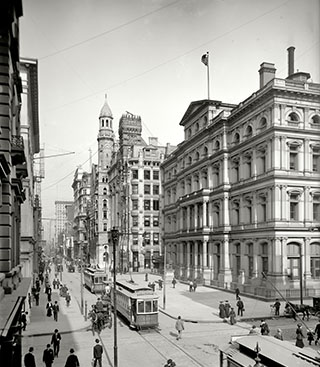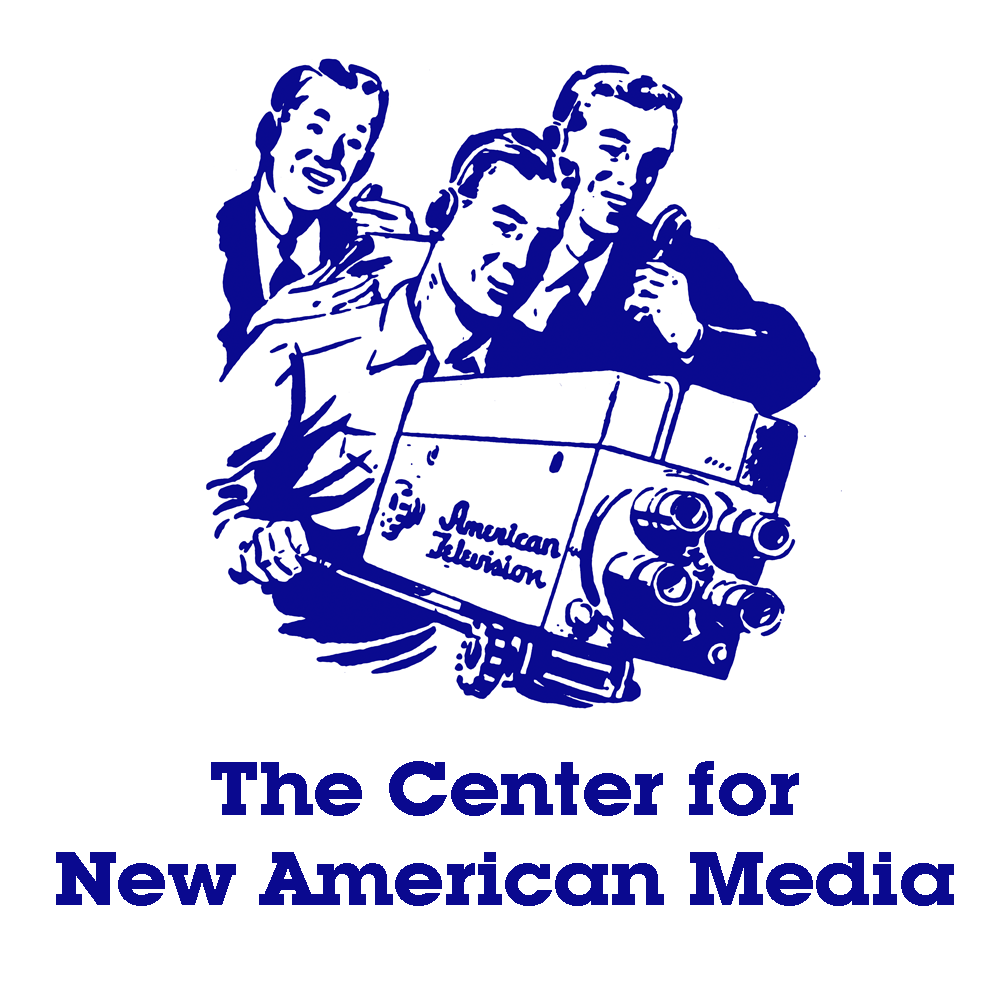The World of 1906
By Alan M. Kraut, Ph.D.University Professor of History
American University

Photo Source: Library of Congress
In 1906, just past the midpoint of the twentieth century's first decade, Theodore Roosevelt was in the White House. The president was a Progressive Republican from a prominent and wealthy family, who had taken the oath of office in 1901 after the assassination of President William McKinley by anarchist Leon Czolgosz. Roosevelt had once been police commissioner of New York City. It was good experience because the United States, still only 130 years old, was increasingly confronting the very challenges with which New Yorkers already had ample experience - immigration, urbanization, and industrialization.
Between 1880 and the 1920s 23.5 million immigrants arrived in the United States, most of them from Southern and Eastern Europe and parts of Asia and Latin America. In 1906 alone, the United States received 1,100,735 newcomers, the largest number ever to arrive in a single year. However, a year later that record was broken as 1,285, 349 newcomers arrived. In 1906, the largest single donor nation was Italy. Fully 273,120 Italians arrived. Most were male manual laborers from the southern provinces of Italy who had grown sturdy as agricultural laborers. However, when the greed of landlords and international competition in agricultural commodities drove them to seek income elsewhere, Italians sought work in factories, mills, mines, and on construction projects. Now immigrants from Italy and elsewhere would provide the low cost unskilled and semi-skilled labor needed to fuel America's burgeoning industrial economy. Many of the Italians had been recruited by labor brokers or padrones as seasonal labor. They arrived in the early spring and returned through the port of Naples to spend the winters when construction jobs ground to a halt to spend winters in their sunny homeland. Those who married and brought their wives and children saw even their female family members find a place in the industrial economy in mills and factories.
Most Americans still earned their livings in agriculture in 1906. However, an increasing number were drawn to the steady paychecks offered in factories, mills, and mines. Industrial workers need places to live and cities grew. In some mill towns and cities, workers lived in tightly packed row houses. In larger cities where space was at a premium, multi-storied apartment buildings with air shafts to bring light and ventilation to inner rooms, tenements, were where newcomers dwelled. Rents were high and wages low.
America's industrial workforce also confronted unsafe working conditions in many industries. Industrial accidents with increasingly fast and dangerous machinery were common and so, too, were illnesses resulting from congested living and working conditions. Tuberculosis rampaged through poor immigrant neighborhoods. And food produced by ill workers often spread disease among consumers. On February 28, 1906 reformer Upton Sinclair published The Jungle, a novel depicting the life of an immigrant family in Chicago and the unhygienic conditions in the city's meat-packing industry. Fear for the public's safety drove the federal government to action and on June 30, 1906, Congress passed the Meat Inspection Act and the Pure Food and Drug Act to protect the general public from being sold contaminated food, cosmetics, and pharmaceuticals.
While progressive reformers introduced state laws to relieve the suffering, those who owned factories and mines kept wages low and used their influence to foil reformers. Poor immigrants turned to labor unions, vehicles for collective economic action. Strikes often precipitated violence when employers refused collective bargaining and attempted to intimidate striking workers with hired thugs.
In an era well before government played a major role in the lives of citizens, the poor could not rely on government assistance in times of crisis. Urban political bosses, Democrats and Republicans, bartered immediate aid to a family in crisis in exchange for their votes on Election Day. Political machines, such as those in Boston and New York, created by urban politicians generated revenue and jobs which could be distributed as patronage to the party faithful. Many young immigrants found their way onto municipal police forces, fire departments, and sanitation services through party patronage.
Even as immigrants were being incorporated into the American population, the United States also struggled to deal with unresolved racial tensions especially in the South. On September 22, 1906 race riots erupted in Atlanta, Georgia. Twenty-seven people were killed and the city's black-owned business district was damaged by mobs. From the 1890s through the 1920s, tens of thousands of young African Americans migrated to northern cities in search of jobs, escaping the tenant farming and sharecropping system that had entangled their parents in debt while Jim Crow laws maintained a system of strict racial segregation. The separate but equal doctrine that justified racial segregation had been upheld by the Supreme Court in the 1896 Plessey v. Ferguson case.
Nor were African Americans the only racial group subjected to humiliation. California had a significant Asian population. These newcomers along with other Californians suffered the effects of the 1906 earthquake estimated as 7.8 in magnitude on the Richter scale. Much of San Francisco was destroyed. Overall at least 3,000 Californians lost their lives with 225,000-300,000 left homeless and $350 million in damages. However, the need to rebuild did not deter San Franciscans from institutionalizing anti-Asian prejudices. The San Francisco public school board sparked a United States diplomatic crisis with Japan by ordering that Japanese students be taught in racially segregated schools. In 1906, only ninety-three of San Francisco's 25,000 students were Japanese. The Japanese government pointed out the absurdity of segregation to President Roosevelt. Hoping to avoid further escalation of the incident into an even great diplomatic incident, Roosevelt pressured the school board into rescinding its directive. In return for Roosevelt's intercession the Japanese government agreed to a "Gentleman's Agreement in 1907 which severely restricted the emigration of Japanese workers to the United States, although businessmen, students, and diplomats were exempt from restriction. The inability of Japanese workers to be joined by potential spouses led to an enthusiasm for Japanese picture brides, who could join their spouses after marriage.
Even as the United States was expanding its population and human resources through immigration, it was expanding its imperial influence and exerting military power overseas in 1906. Business interests in the United States sought markets abroad in countries that were orderly and stable enough to protect investors' property. In 1906 the United States helped suppress a rebellion in Cuba in August. In November Roosevelt departed for Panama to inspect the progress of construction on the Panama Canal which was expected to assist both commerce and American naval capability. It was the first time in American history that a sitting president made an official trip outside the United States. On December 10, 1906, Roosevelt also became the first American President to be awarded the Nobel Peace Prize for helping to negotiate a peaceful conclusion to the Russo-Japanese War.
The year 1906, then, marked the growth of American economic productivity at home as immigrant labor fueled industrial production and life in American cities became increasingly complex. That migration also increased the degree of ethnic and religious diversity in the American population at home. While we were becoming an ever more diverse people, though, patterns of prejudice persisted. Abroad, America's imperial interventions also contributed to the contact of Americans with peoples of different cultures and color in various parts of the world as the country evolved into an economically powerful and influential nation, one that would emerge from World War I, a dozen years later in 1918, a leader in the community of nations.
Download a PDF copy of The World of 1906.




